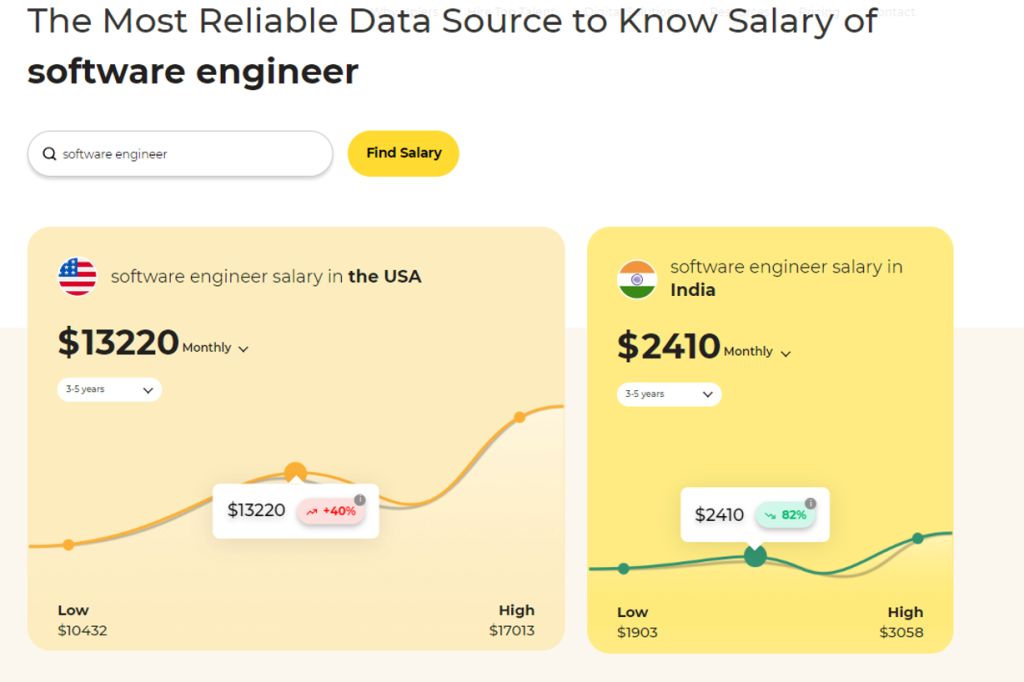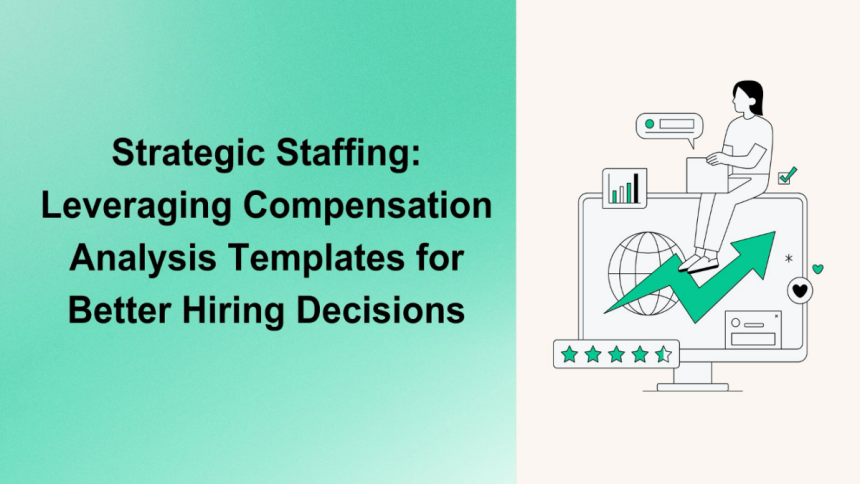In today’s fiercely competitive job market, strategic staffing goes beyond merely filling positions. It involves attracting the right talent and retaining them through well-planned compensation strategies. One effective tool in the arsenal of HR professionals and hiring managers is the compensation analysis template.
This powerful instrument aids in making informed, data-driven decisions by providing a structured way to compare job roles, salary benchmarks, and benefits within the industry. By utilizing these templates, organizations can ensure their offers are competitive and aligned with both market trends and internal equity, ultimately enhancing their recruitment and retention efforts.
The Role of Compensation Analysis in Strategic Staffing
Compensation analysis plays a crucial role in strategic staffing by helping organizations determine the right pay for the right job. It involves examining external market data alongside internal company metrics to create offers that attract top talent without compromising financial efficiency. This analysis becomes particularly significant in industries where skill gaps and high turnover rates prevail.
A compensation analysis template is a standardized tool used by businesses to input, compare, and analyze salary information across different positions and regions. These templates often include various fields such as job title, experience level, education requirements, salary ranges, and benefits, providing a comprehensive view of how a company’s offerings stack up against the competition.
Benefits of Using The Compensation Analysis Template
1. Consistency in Data Collection:
Templates standardize the data collection process, ensuring that all relevant compensation factors are consistently evaluated across all roles and candidates.
2. Time Efficiency:
By streamlining the process of gathering and comparing data, templates reduce the time spent on creating compensation packages from scratch.
3. Enhanced Decision Making:
With a structured approach to analyzing compensation, templates help eliminate biases and promote fairness in pay scales, leading to more strategic and justified salary decisions.
How to Effectively Leverage The Compensation Analysis Template
Maximizing the potential of the compensation analysis template involves a few strategic steps to ensure you make informed decisions regarding salaries and benefits for various job roles. Here’s a detailed description of how to use this powerful tool effectively:
Step 1: Define the Job Role
Begin by selecting a specific job role from the drop-down menu available on the Compensation Analysis Template. For example, you might choose “Software Engineer.”
Once you’ve made your selection, click on “Get Info” to access detailed salary data for that particular profile in both the USA and India. This information will help you conduct a thorough salary analysis and compare the compensation packages offered in these two markets.

Step 2: Compare Salary and Benefits
The template provides not only the base salary data but also includes information on additional benefits offered in both the USA and India for the selected job role. This holistic view of compensation packages allows you to understand the full value of the offerings in each region, aiding in making competitive and attractive job offers.
Step 3: Download the India Salary and Culture Guide 2024
To expand your analysis and gain comprehensive insights, download both the “India Salary Guide 2024” and the “India Culture Guide 2024.”
- India Salary Guide 2024: This guide provides detailed salary data for a wide array of job profiles in both the US and India. It serves as a valuable resource for benchmarking and understanding the compensation landscape, helping you stay competitive and informed.
- India Culture Guide 2024: This guide offers crucial information on workplace culture, providing insights into the professional environment and practices in India. Understanding cultural nuances is essential for creating effective job descriptions and making informed hiring decisions.

Step 4: Leverage JD Pro
After analyzing the salary ranges and benefits, take advantage of the JD Pro tool, designed to assist employers in crafting effective job descriptions. To use JD Pro:
- Fill in all the required details about the job role.
- Click on “Create JD.”
- Instantly, your job description will be generated.

This tool simplifies the process of creating precise and appealing job descriptions, ensuring you attract the best talent. Once your job description is ready, you can post it on various platforms to reach potential candidates.
By following these steps, you can effectively leverage the Compensation Analysis Template to make well-informed hiring decisions, ensuring competitive and attractive compensation packages that will help you secure top talent in the market.
Advancing with Advanced Analytics
In an era where big data and advanced analytics are reshaping how decisions are made across sectors, compensation analysis templates equipped with analytical capabilities offer an additional edge. These advanced templates not only collect and organize salary data but also provide predictive insights that can forecast future compensation trends based on variables like economic changes, industry growth patterns, and shifts in job demand.
This foresight allows companies to proactively adjust their compensation strategies rather than reactively responding to market pressures, thereby ensuring sustained competitiveness.
Integrating Qualitative Data
While compensation analysis often focuses on quantitative data, the integration of qualitative insights can enrich the decision-making process. For instance, feedback from exit interviews, employee satisfaction surveys, and performance reviews can be incorporated into the compensation analysis template to provide a more holistic view of an employee’s value and expectations.
Rounding Up
The compensation analysis template is an indispensable tool for making informed staffing decisions. By providing a systematic approach to evaluating and setting salaries, these templates help ensure that compensation strategies are not only competitive but also fair and transparent.
In the long run, strategic staffing that leverages such tools will build a more satisfied and committed workforce, driving organizational success in an ever-evolving job market. By integrating the templates into their strategic staffing plans, organizations can position themselves as employers of choice in their industries, attracting the best talent and fostering a culture of fairness and strategic growth.
Lynn Martelli is an editor at Readability. She received her MFA in Creative Writing from Antioch University and has worked as an editor for over 10 years. Lynn has edited a wide variety of books, including fiction, non-fiction, memoirs, and more. In her free time, Lynn enjoys reading, writing, and spending time with her family and friends.















